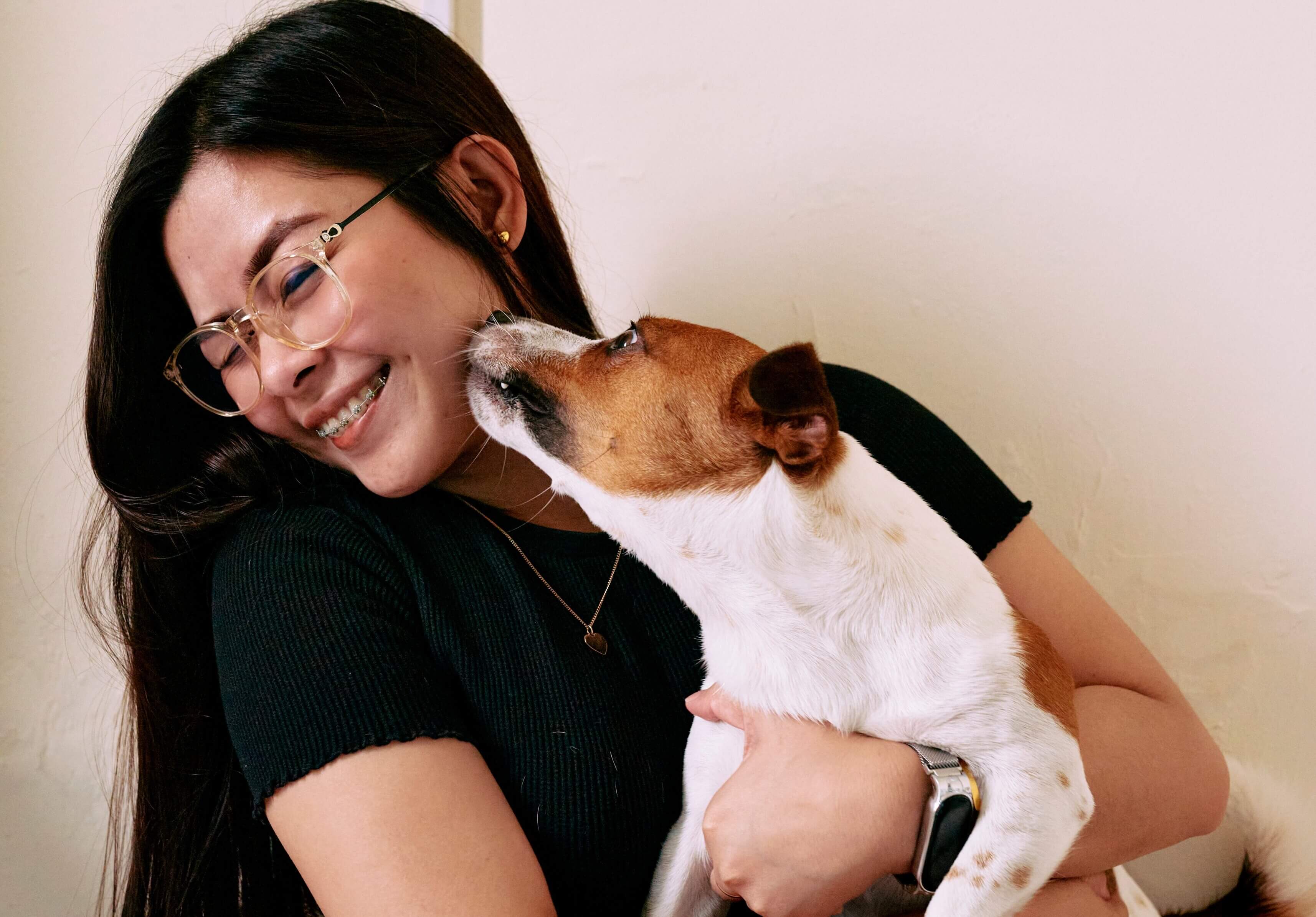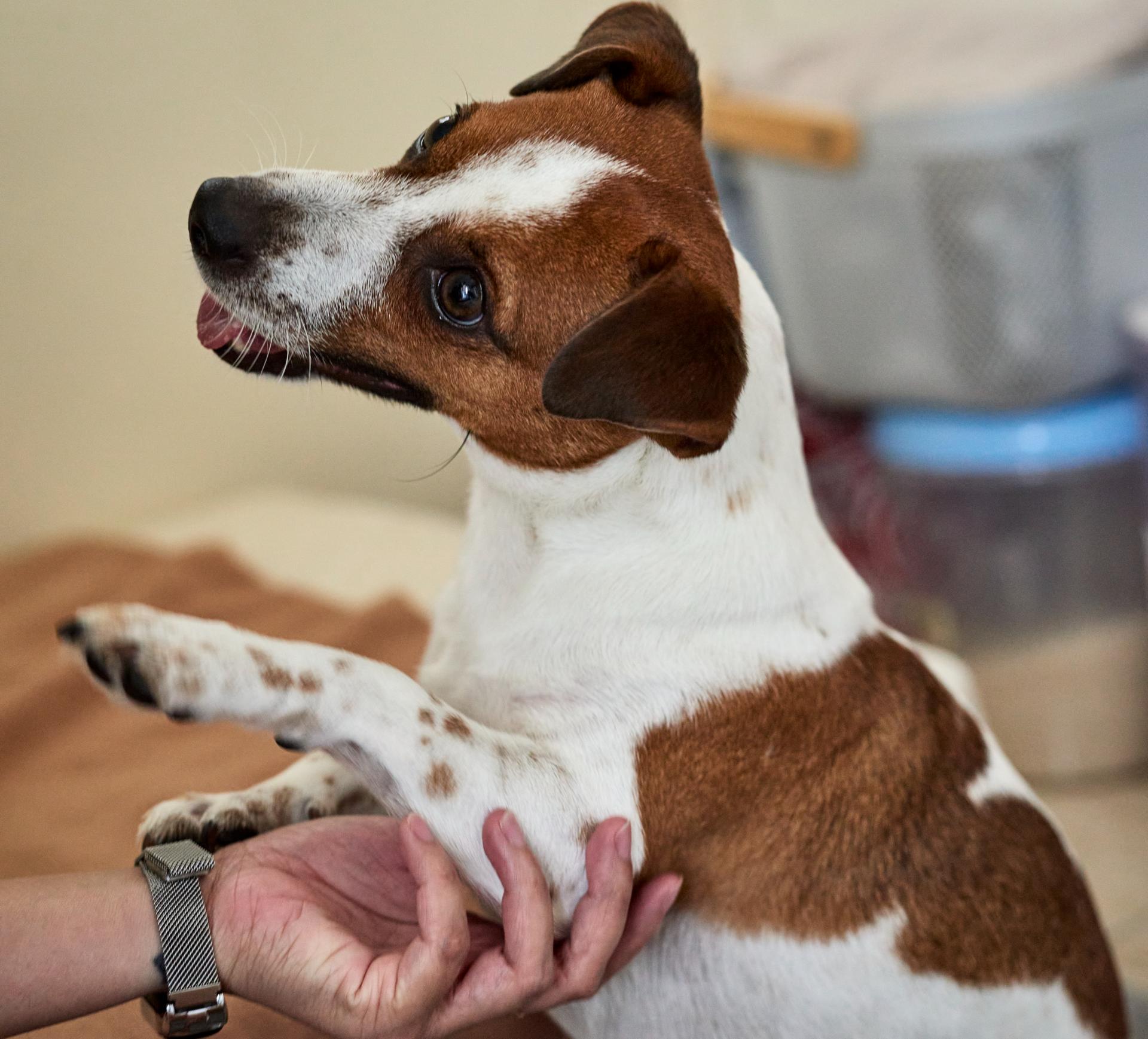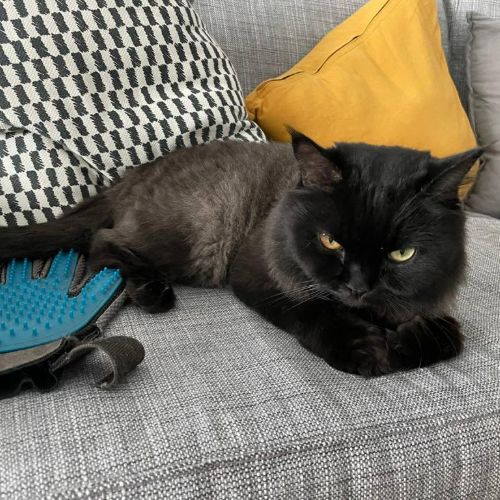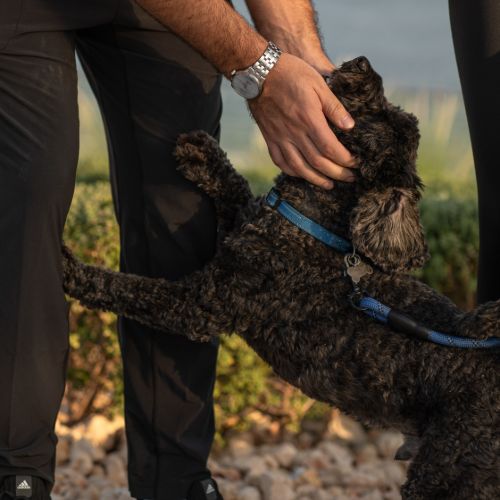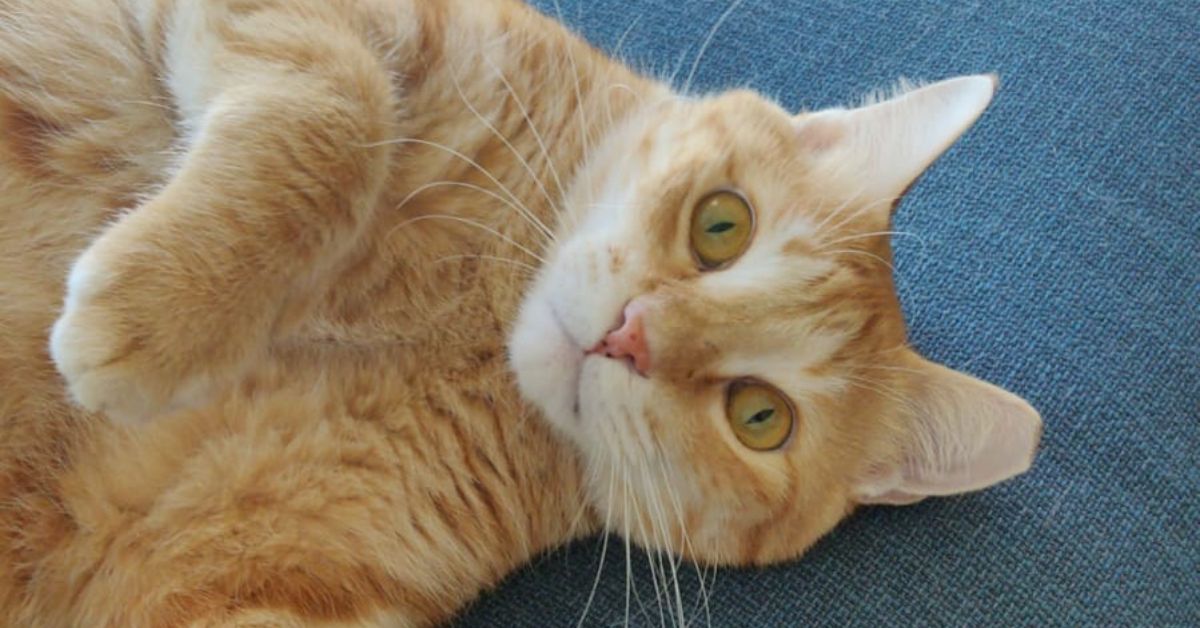
26 February 2025
|PetBae
My cat is not eating: what to do?
Cats can be notoriously finicky eaters, but when a cat refuses to eat, it’s often a sign that something is wrong. A short period of skipping meals may not always be cause for concern, but if a cat goes more than 24 hours without food, their health can decline rapidly. Unlike some animals that can fast for extended periods, cats rely on a consistent intake of nutrients, and prolonged refusal to eat can lead to serious complications such as liver failure.
Several factors can contribute to a cat’s loss of appetite, ranging from minor issues to serious medical conditions. Recent vaccinations can temporarily reduce a cat’s interest in food, but a more persistent lack of appetite may indicate an underlying health problem. Digestive issues such as nausea, vomiting, or discomfort can make eating unappealing, while dental problems like gingivitis or broken teeth can cause pain that discourages chewing. Foreign objects, including hairballs or swallowed items, may obstruct digestion and require immediate veterinary attention. Respiratory illnesses that affect a cat’s sense of smell can also result in reduced appetite, since cats rely heavily on scent to recognize their food. Additionally, food allergies can lead to stomach upset and refusal to eat.
Not all cases of appetite loss stem from medical conditions—behavioral and environmental factors can also play a role. Stress, anxiety, or changes in routine can disrupt normal eating patterns, especially if a cat is adjusting to a new home, dealing with loud noises, or experiencing unfamiliar surroundings. Some cats may also be particularly fussy about their food, rejecting certain textures, smells, or flavors. Traveling, car rides, or motion sickness can cause temporary appetite suppression, and even emotional changes, such as sadness or depression, may affect eating habits.
Helping a cat regain their appetite starts with identifying and addressing the cause. Ensuring that food and water bowls are clean, placed in a quiet area, and positioned comfortably can make a difference. Some cats may prefer elevated ceramic bowls to avoid whisker fatigue. Warming up food slightly or adding a flavorful topper such as plain turkey or chicken can make meals more enticing. If a recent diet change has led to refusal, reintroducing a familiar food may encourage eating. When necessary, small amounts of human food can be offered as a temporary measure, but these should never replace a balanced feline diet.
If a cat hasn’t eaten in over 24 hours, a vet visit is essential to rule out serious health concerns. Signs of a more severe issue include lethargy, vomiting, diarrhea, constipation, or noticeable weight loss. A veterinarian may recommend appetite stimulants, prescription food, or, in extreme cases, syringe feeding to ensure a cat gets the nutrients they need.
While occasional fussiness is normal, persistent refusal to eat should always be taken seriously. Recognizing the early signs of appetite loss and taking quick action can help keep a cat healthy and prevent complications. With the right care and attention, most cats can return to their normal eating habits and continue thriving.



